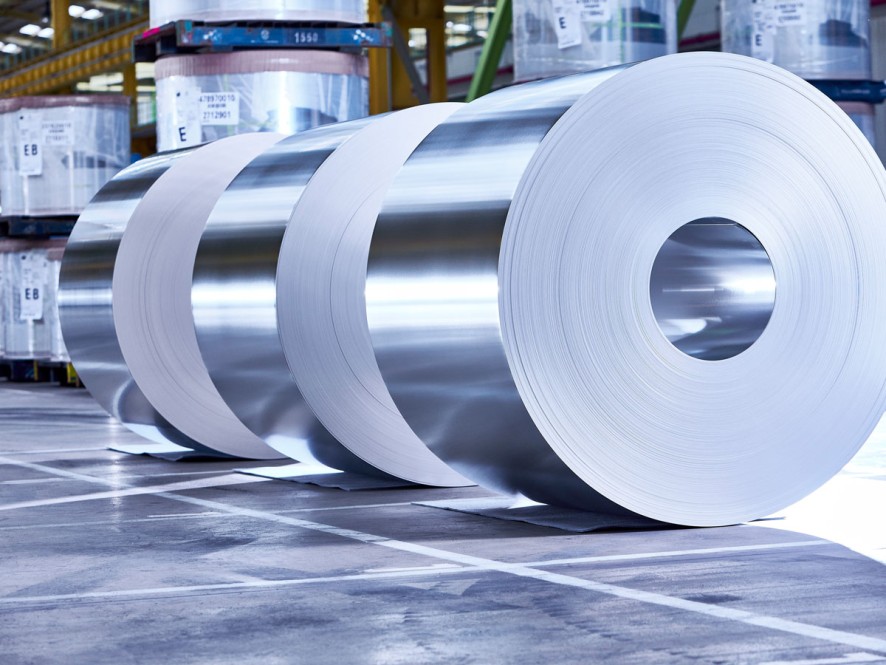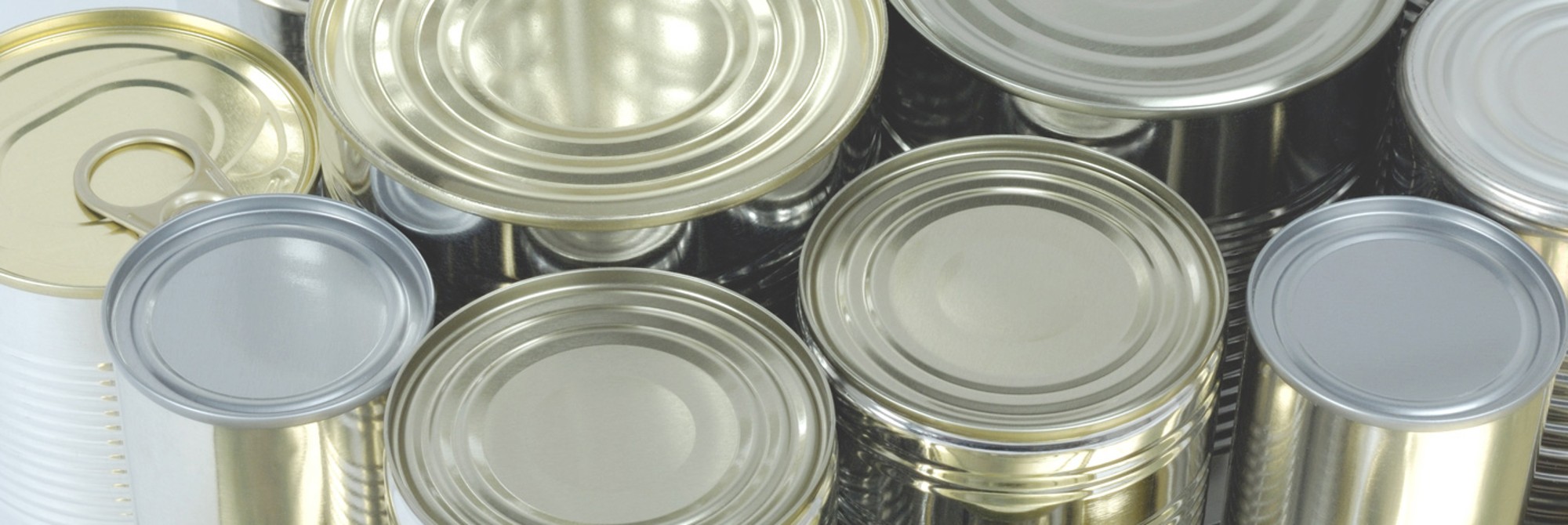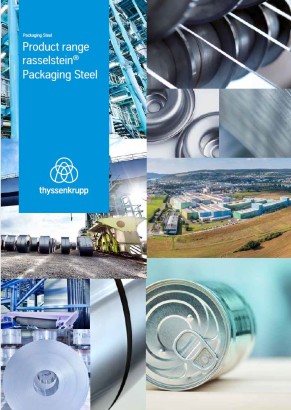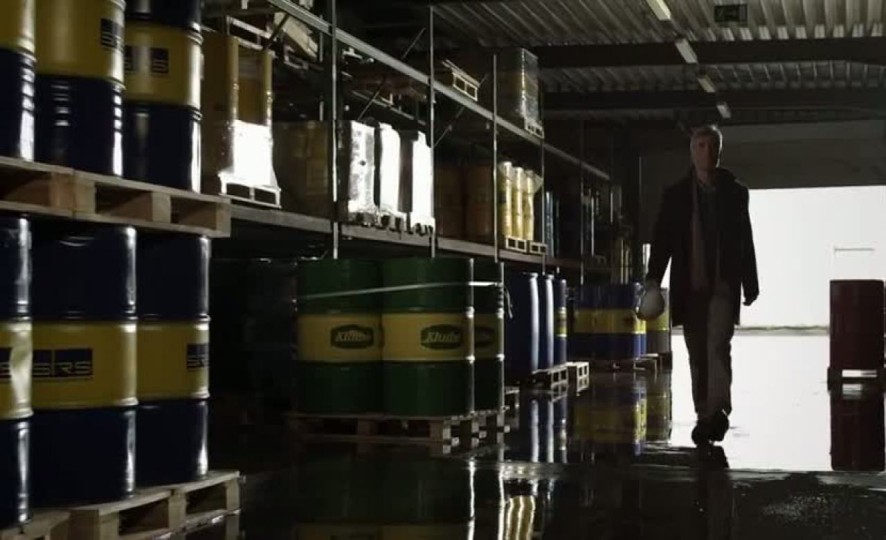Packaging
Packaging steel: environmentally sound power pack for a wide range of optional applications
The packaging is important: the Business Unit Packaging Steel is Germany’s only, innovative manufacturer of tinplate, which is mainly used within packaging. There is a wide and diverse field of application regarding the materials reaching from food packaging and beverage cans to chemical-technical products such as aerosol or paint cans.
The material supplied by the subsidiary of thyssenkrupp Steel Europe, which is one of the three largest packaging steel manufacturers in Europe, is a multi-talent since it is designed as a lightweight, aesthetical and stable allrounder which throughout its entire life cycle shows ecologically top performance. Its production is governed by an outstanding environmental management system.
The Andernach company provides material grades for any type of application. The product range includes tin-coated as well as chromium-coated blackplate– cold-rolled steel sheet with thicknesses of 0.100 to 0.499 mm – and tinplate with and without organic coating such as paint and foil.
The Business Unit works continuously to reduce the thickness of the packaging steel. rasselstein® Thinplate, for instance, stands for reliable high-end material in thinner thicknesses while maintaining identical material properties.
Packaging: Swapping Plastic for Steel
Recycling doesn’t get much simpler than with packaging steel

The earth is not able to cope with the rising tide of plastic waste. It’s possible to avoid creating this refuse entirely by using packaging made from steel. Clarissa Odewald, CEO of thyssenkrupp Rasselstein GmbH explains why that is.
What advantages does packaging steel offer compared to plastic packaging?
Packaging steel is produced using natural raw materials such as iron ore, coke coal, and limestone, as well as a certain percentage of scrap steel. The characteristic properties of this metal allow steel to be smelted over and over again using resources that occur naturally and for it to be processed into a new steel product. All this, without any quality losses whatsoever.
What’s particularly striking to note here is that if a consumer separates their waste correctly today and puts their can in the recycling, then perhaps it will become part of a bicycle or car components tomorrow. The material cycle is closed. Recycling doesn’t get much simpler than with packaging steel.
That’s why we also believe that all approaches that don’t involve packaging material ending up being dumped or incinerated at the end of their lifecycle to be the best. The concept of a closed cycle is something that we need to promote on a global level to leave behind a livable environment for our children. And that’s why steel comes out on top!
But surely a cycle of this nature can only really work if consumers play their part?
That’s right. In Germany we can be proud of the fact that the recycling rate of tinplate has remained stable at around 90% for 20 years. This makes tinplate the most commonly recycled packaging material. In this country alone, enough packaging steel is recycled each year to produce 27 Eiffel Towers. But there’s still much room for improvement, of course. Each individual bears responsibility for society and should separate their waste correctly.
How can CO2 emissions be reduced in the production of steel?
For one thing, limited resources and CO2 can be saved by recycling packaging steel. Every ton of scrap steel used in the manufacturing of steel saves 1.5 times its weight in CO2. This also goes to show how simple solutions can make a big impact in reducing CO2 emissions.
Steel is an essential building block for a sustainable energy transition. The core of our transformation is the switch from blast furnaces and coal to direct reduction technology (DR) and green hydrogen. In short: tkH2Steel®. The first hydrogen-based direct reduction plant will go into operation at the Duisburg site in 2027. The aim is to completely decarbonize the primary steel route by 2045 at the latest.







